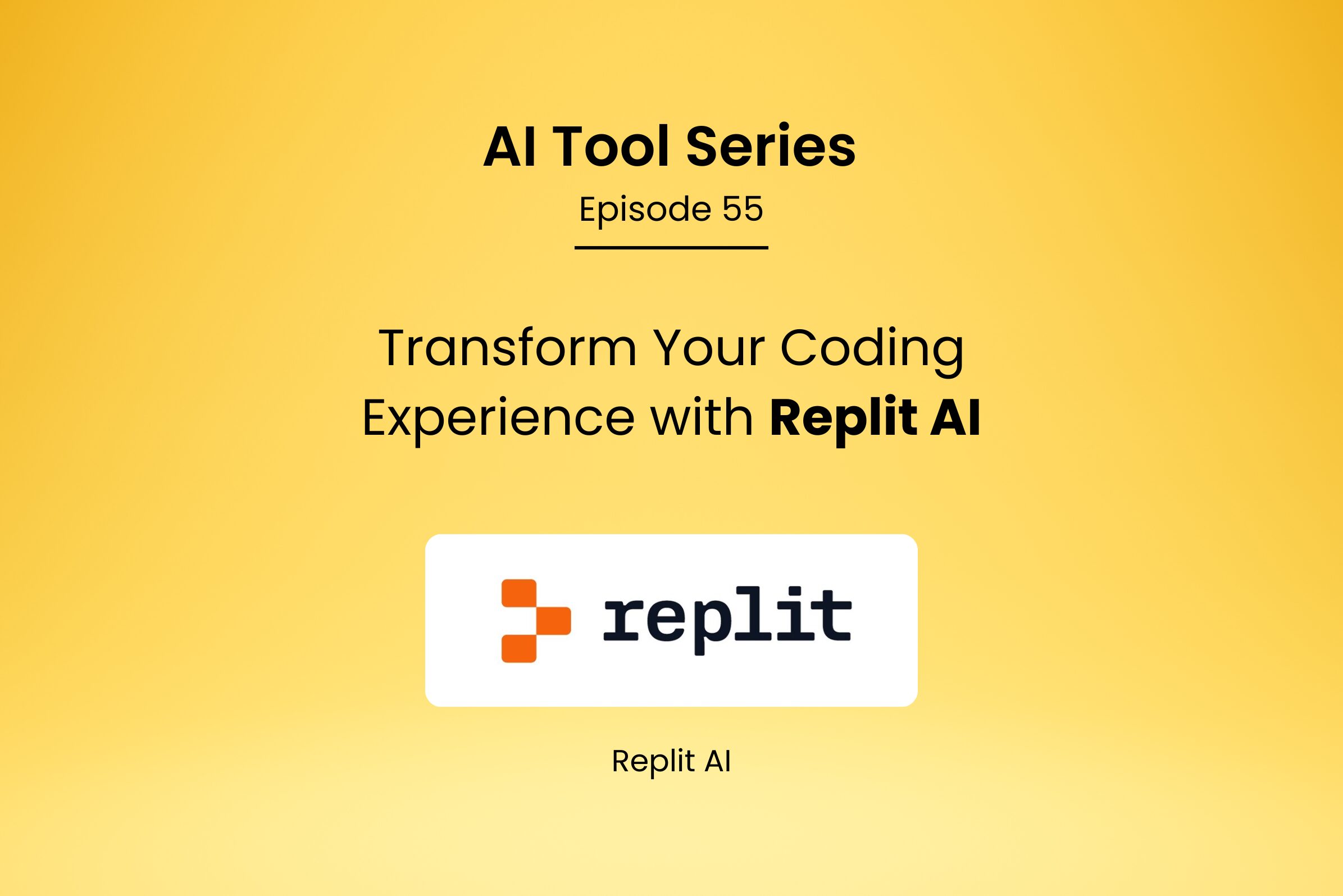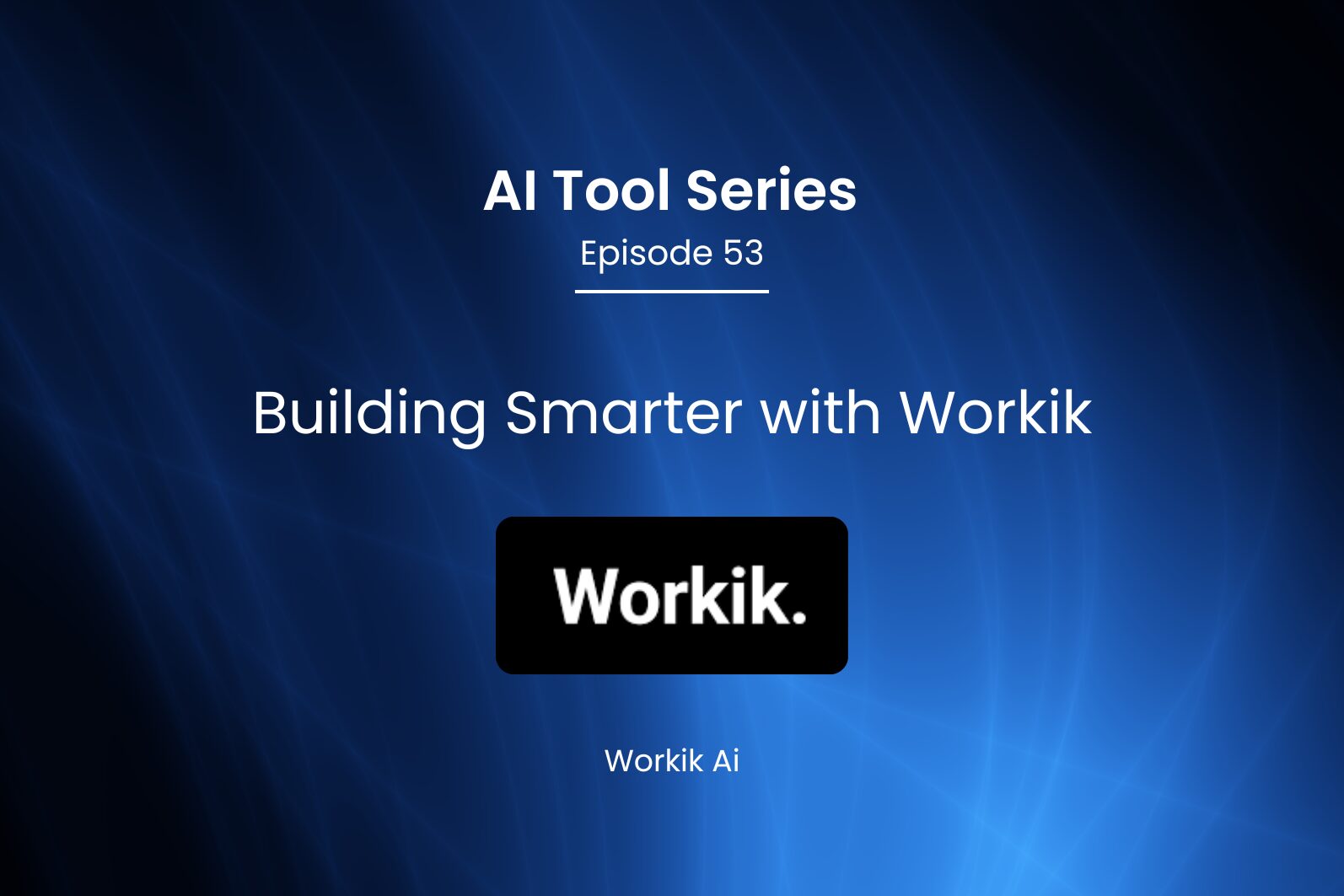AI Tool Series – Episode 55: Transform Your Coding Experience with Replit AI

In today’s fast-paced world of software development, efficiency and adaptability are key. Replit AI is an innovative tool that empowers developers to build, test, and deploy projects faster—whether starting from scratch or enhancing existing systems. This article examines how developers can utilize Replit AI in a modular manner to streamline complex workflows and integrate intelligent automation into everyday coding tasks.
Getting Started with Replit AI
Replit AI provides an intuitive platform that enables developers to create projects directly through prompts or by importing from external sources, such as GitHub or Figma. This flexibility enables seamless transitions from design to deployment. Once a project is ready, developers can publish it with a single click, significantly reducing setup time.
Beyond its simplicity, Replit AI integrates with multiple services such as Google Drive and Gmail, helping developers incorporate powerful features into their applications without the need for extensive manual coding.

Using APIs and Endpoints for Smarter Development
Rather than relying solely on Replit AI to build an entire application, a smarter approach is to leverage its APIs and endpoints to enhance modular parts of larger projects. For instance, developers can access APIs for functionalities like text-to-speech, speech-to-text, or database operations. Each of these APIs comes with well-documented code samples and endpoint details, allowing developers to understand the underlying logic and adapt it to their needs.
This modular use of Replit AI encourages flexibility—developers can reuse the generated code snippets within their own applications, improving speed and consistency across projects.
Database Insights and Schema Generation
Replit AI also provides valuable insights into database structures. Even in its free version, the platform demonstrates how data can be organized, which columns are used, and how schemas are designed. These features act as a guide for developers to create well-structured, efficient databases within their own systems.

Reimagining How We Use AI Tools
The goal is not to rely entirely on Replit AI for complete project development, but to integrate it intelligently into specific areas of a project. For example, rather than building a full speech processing system from scratch, developers can use Replit AI’s pre-generated text-to-speech code and embed it directly into their application.
Similarly, AI-generated frontend elements or backend logic, like authentication or add-to-cart functionalities, can be reused or modified as needed. This approach enables developers to save time while maintaining control over the complexity and scalability of their applications.
Conclusion
Replit AI represents a shift toward smarter, modular, and more efficient development. Instead of viewing AI tools as replacements for traditional coding, developers can use them as collaborators—automating repetitive tasks, simplifying integrations, and accelerating innovation. By incorporating Replit AI into smaller components of their workflow, developers can create sophisticated applications faster and with greater precision.




